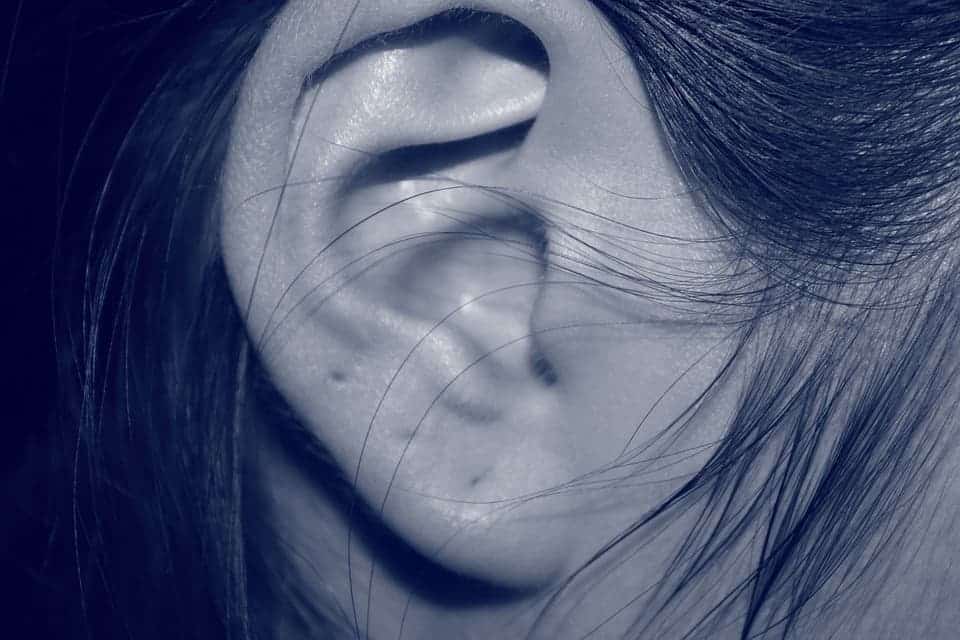
Hearing loss affects millions of people worldwide — a common health problem caused by noise, aging, disease, and heredity. Once a person loses part or all of their hearing, they cannot restore it. But is hearing loss really permanent? ‘Not so fast’, says a new study, which found that activating a certain signaling pathway caused mice to regrow hair cells.
Approximately one in three people between the ages of 65 and 74 has hearing loss, and nearly half of those older than 75 have difficulty hearing. The most common type is sensorineural hearing loss caused by the degradation and loss of sensory hair cells in the cochlea (the auditory part of the inner ear).
Hair cells are the sensory receptors for both the auditory system and the vestibular system in our ears — and the ears of all vertebrates. They play a big part in both our hearing and our balance, transforming the sound vibrations in the cochlea into electrical signals which are fed up to auditory nerves and sent up to the brain.
If you’re a bird or frog, then you are able to regenerate hair cells. Unfortunately for humans, and all other mammals, we don’t have this ability.
“We’re the only vertebrates that can’t do it,” said Jingyuan Zhang, a researcher at the biology department at the University of Rochester, and co-author of the new study published in the European Journal of Neuroscience.
Zhang and colleagues wanted to find out whether they could treat the mammalian body into growing hearing cells, just like all other non-mammals can. They zoomed in on a group of epidermal growth factor (EGF) receptors that are known to be responsible for activating support cells in the auditory organs of birds. Once these cells are activated, they foster the generation of new sensory hair cells.
Mice, and likely all other mammals, express EGF receptors throughout their lives but are, nevertheless, unable to regenerate hair cells. The researchers at the University of Rochester have a hunch that during mammalian evolution, the expression of intracellular regulators of EGF receptors changed somehow, altering the signaling pathway. What if they could switch this pathway? That’s the million dollar question.
The team tested their theory by targeting a specific receptor called ERBB2 in cochlear support cells. In experiments, researchers used different methods to target the receptor, including a virus, drugs originally developed to stimulate stem cell activity but which are also known to activate ERBB2 signaling, and genetic modification of the mice themselves.
Activating the ERBB2 pathways unleashed a cascade of cellular events which eventually led to the proliferation of cochlear support cells, triggering neighboring stem cells to develop into new sensory hair cells.
“This research demonstrates a signaling pathway that can be activated by different methods and could represent a new approach to cochlear regeneration and, ultimately, restoration of hearing,” said says lead author Patricia White, research associate professor in the University of Rochester Medical Center (URMC) Del Monte Institute for Neuroscience.
Repairing hearing is a complex problem. Not only do hair cells require regeneration, but they also have to connect properly to the necessary network of neurons. But the findings are definitely promising, suggesting that sometime in the future, growing old may not necessarily mean you’ll have bad hearing anymore.






